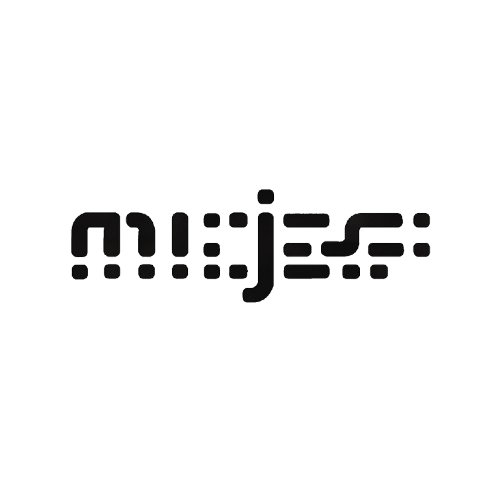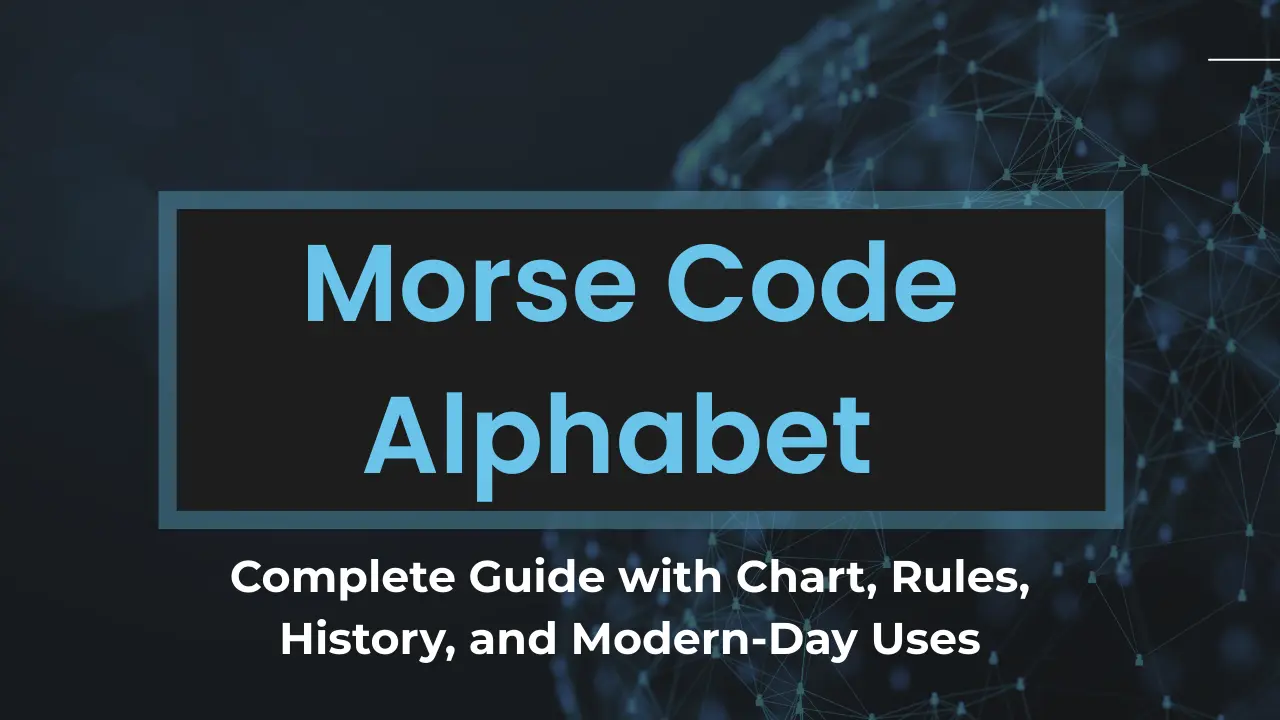From the 19th century telegraph system to modern-day survival skills, the Morse Code Alphabet has been an essential communication system. It uses dots and dashes to encode letters, numbers, and even punctuation. While it may seem like an old relic, the International Morse Code chart is still relevant in aviation, ham radio, and emergency situations. In this article, we present a 3000+ word complete guide that explores history, rules, charts, uses, learning methods, and fun facts about Morse Code.
What is Morse Code Alphabet?
The Morse Code Alphabet represents each letter, number, and symbol with a combination of short signals (dots) and long signals (dashes). These signals can be transmitted as sounds, flashes of light, or even taps on a surface. For example:
- A = .-
- B = -…
- SOS = … — …
The History of Morse Code
Morse Code was invented in the 1830s and 1840s by Samuel Morse and Alfred Vail for use with the electric telegraph. The first official telegraph message in 1844 sent between Washington D.C. and Baltimore read: “What hath God wrought”.
Throughout history, Morse Code became the global standard for communication:
- 19th Century: Used in telegraph lines across the United States and Europe.
- World War I & II: Vital in Morse Code in World War military operations and naval signals.
- Titanic Disaster (1912): Distress calls were sent using the SOS Morse Code signal, saving hundreds of lives.
- 20th Century: Used in aviation navigation systems and amateur radio.
Complete International Morse Code Chart (A–Z, Numbers, Symbols)
Morse Code Alphabet (A–Z)
| Letter | Morse Code | Letter | Morse Code |
|---|---|---|---|
| A | .- | N | -. |
| B | -… | O | — |
| C | -.-. | P | .–. |
| D | -.. | Q | –.- |
| E | . | R | .-. |
| F | ..-. | S | … |
| G | –. | T | – |
| H | …. | U | ..- |
| I | .. | V | …- |
| J | .— | W | .– |
| K | -.- | X | -..- |
| L | .-.. | Y | -.– |
| M | — | Z | –.. |
Morse Code Numbers (0–9)
| Number | Morse Code |
|---|---|
| 0 | —– |
| 1 | .—- |
| 2 | ..— |
| 3 | …– |
| 4 | ….- |
| 5 | ….. |
| 6 | -…. |
| 7 | –… |
| 8 | —.. |
| 9 | —-. |
Punctuation and Special Characters
| Symbol | Morse Code |
|---|---|
| Period (.) | .-.-.- |
| Comma (,) | –..– |
| Question Mark (?) | ..–.. |
| Slash (/) | -..-. |
| Plus (+) | .-.-. |
| Minus (-) | -….- |
| Equal (=) | -…- |
Rules of Morse Code
- Dot length: 1 unit
- Dash length: 3 units
- Space within a letter: 1 unit
- Space between letters: 3 units
- Space between words: 7 units
Step-by-Step Beginner’s Guide to Learn Morse Code
- Start with easy letters like E (.) and T (-).
- Memorize the Morse Code chart A to Z.
- Practice the famous SOS Morse Code signal.
- Use Morse Code translator online tools to test yourself.
- Try Morse Code training apps for listening and writing exercises.
- Use flashcards and practice for 10 minutes daily.
Case Studies: Morse Code Saving Lives
Titanic Disaster (1912)
When the Titanic hit an iceberg, distress messages were sent using SOS Morse Code signals. Nearby ships received the signal, leading to the rescue of hundreds of passengers.
World War II
Spies and resistance fighters used Morse Code tapping signals to pass information secretly. It helped win crucial battles.
Aviation Incidents
In aviation emergencies, pilots have used aviation Morse Code signals to transmit their positions when radio systems failed.
Modern Creative Uses of Morse Code
- Morse Code tattoos: Secret messages inked as dots and dashes.
- Morse Code jewelry: Bracelets and necklaces with hidden messages.
- Escape rooms: Puzzles often include Morse Code flashlight communication.
- Music: Some bands encode lyrics in Morse Code rhythms.
- Movies and TV: Spy thrillers often use Morse Code tapping as a plot twist.
Tools and Resources to Learn Morse Code
- Morse Code Translator Online – instantly convert text to Morse.
- Morse Code Trainer Apps – practice audio and timing.
- Printable Morse Code Alphabet Chart PDF – keep for offline learning.
- Ham Radio Communities – practice real-time communication.
Fun Facts About Morse Code
- The fastest Morse Code transmission speed is 75.2 WPM.
- NASA astronauts used Morse Code as a backup in early space missions.
- The word “Morse” itself is sometimes mistaken for “codes” but it is actually the inventor’s surname.
Frequently Asked Questions (FAQs)
What is SOS Morse Code signal?
The SOS signal (… — …) means “Save Our Souls” or “Save Our Ship,” recognized worldwide as a distress code.
How to read Morse Code easily?
Use the International Morse Code chart, start with E and T, and practice with Morse Code translator online tools.
Is Morse Code still used today?
Yes, it is still taught in aviation, used in ham radio Morse Code, and practiced as a survival skill.
Can Morse Code be tapped or blinked with light?
Yes, Morse Code works with sound, light, and touch, making it versatile in emergencies.
Who invented Morse Code?
Samuel Morse and Alfred Vail invented Morse Code in the 1830s for telegraph communication.
Conclusion
The Morse Code Alphabet is more than history — it is a timeless communication system. From Morse Code in World War to Titanic SOS signals and aviation Morse Code communication, it has saved lives and shaped communication. Today, it remains a valuable survival skill and a fascinating way to connect with history.


